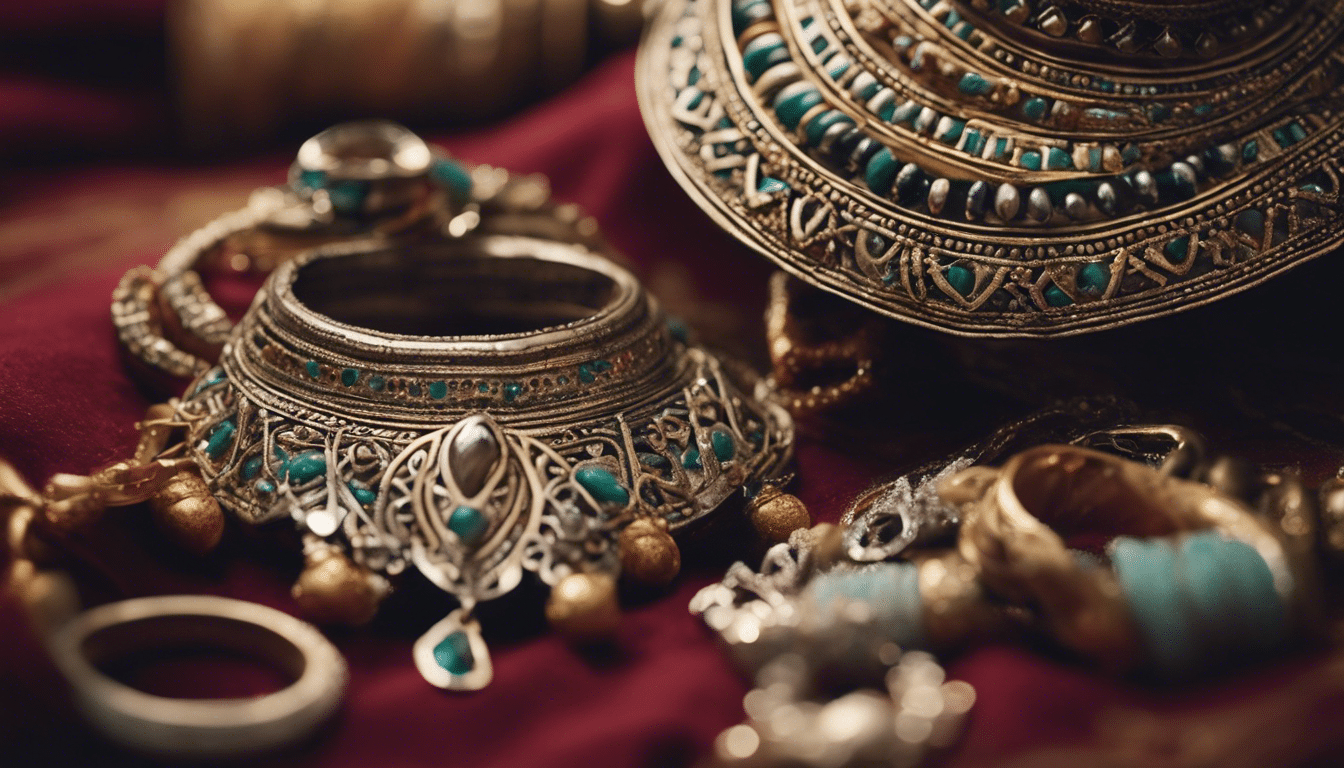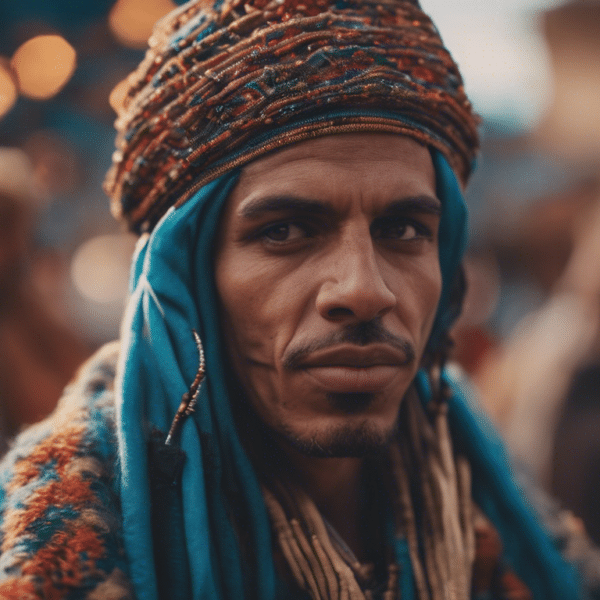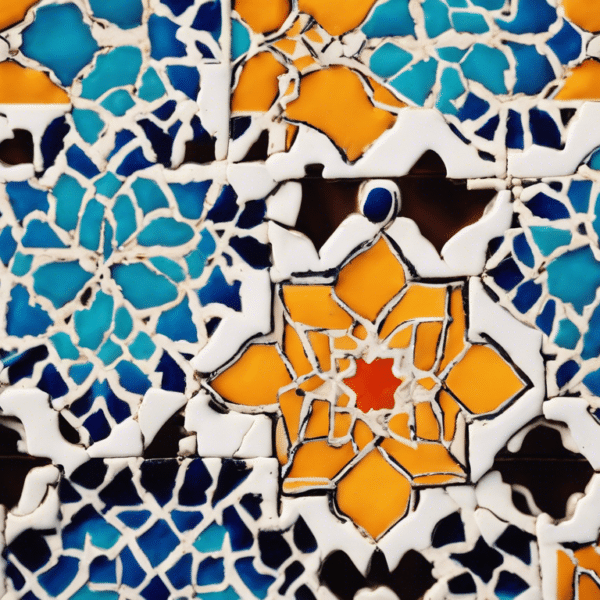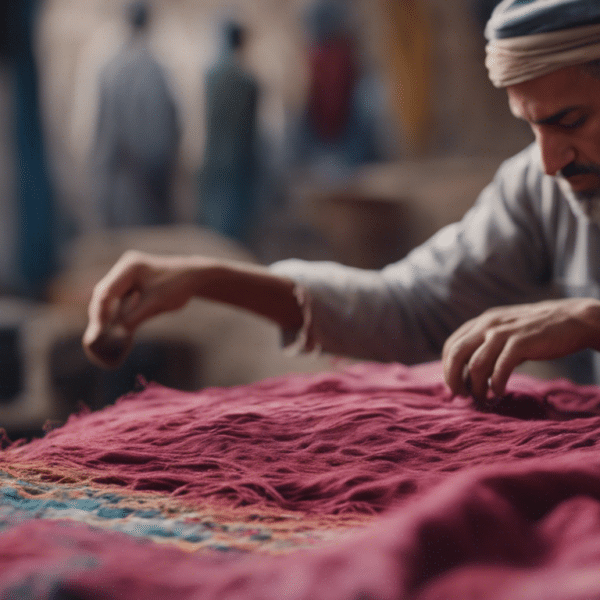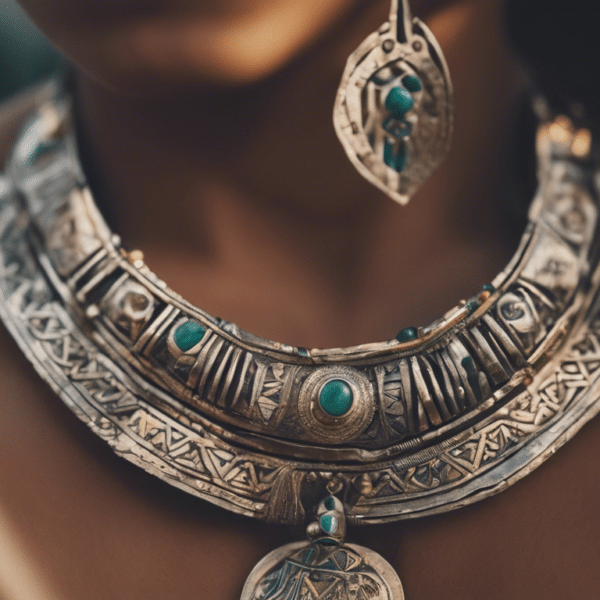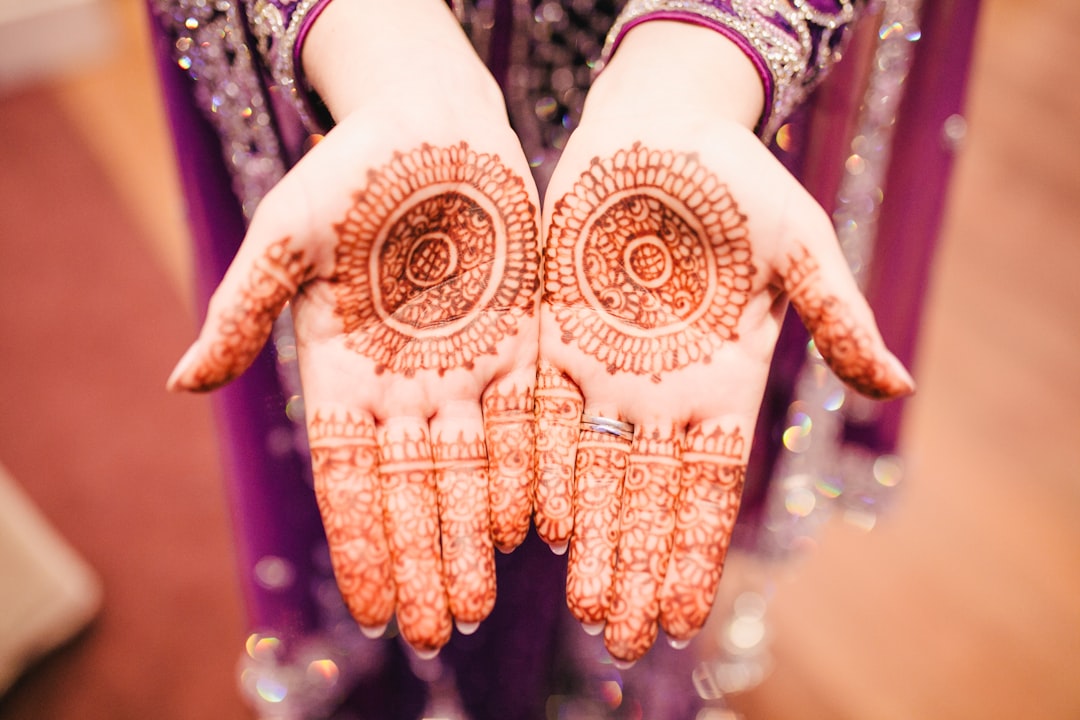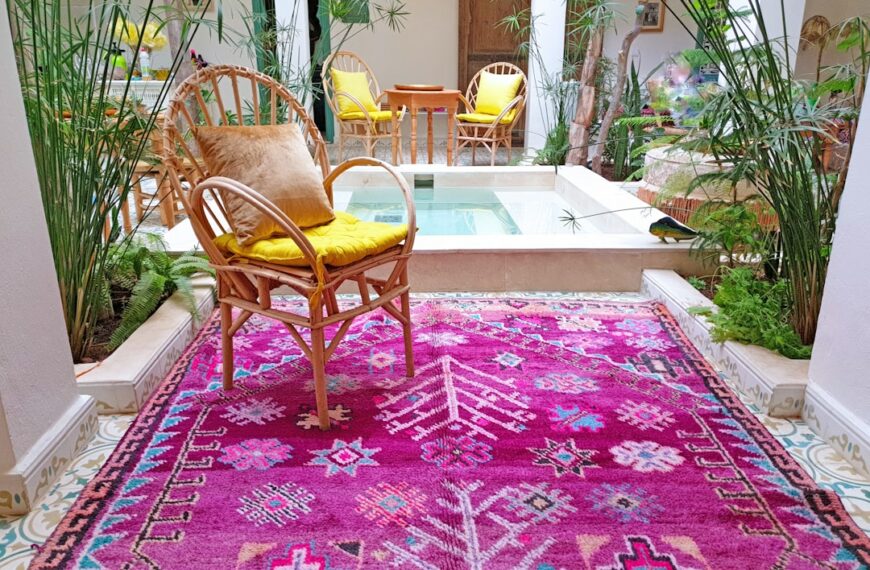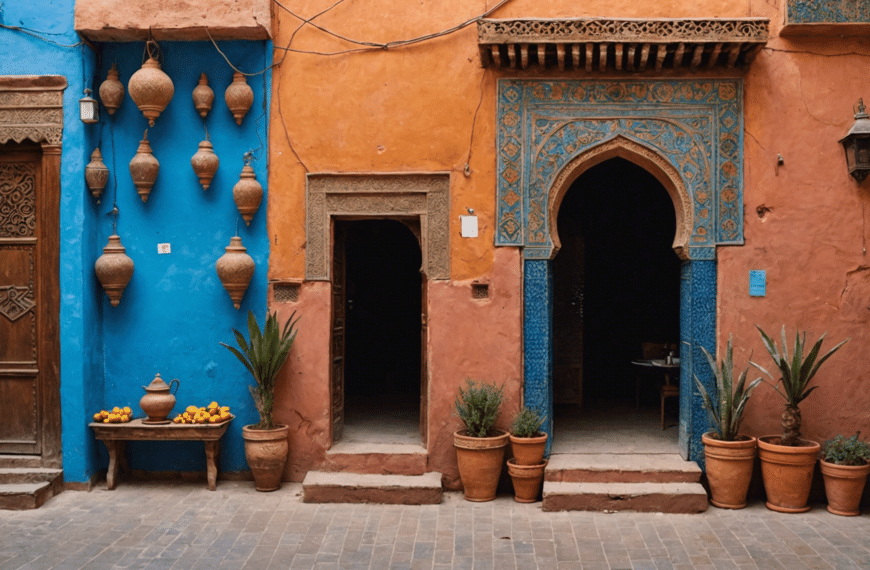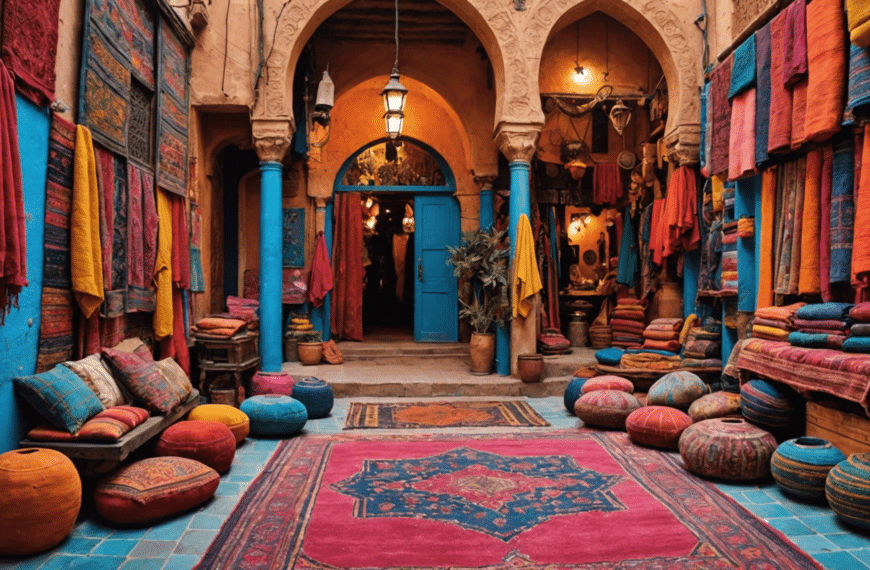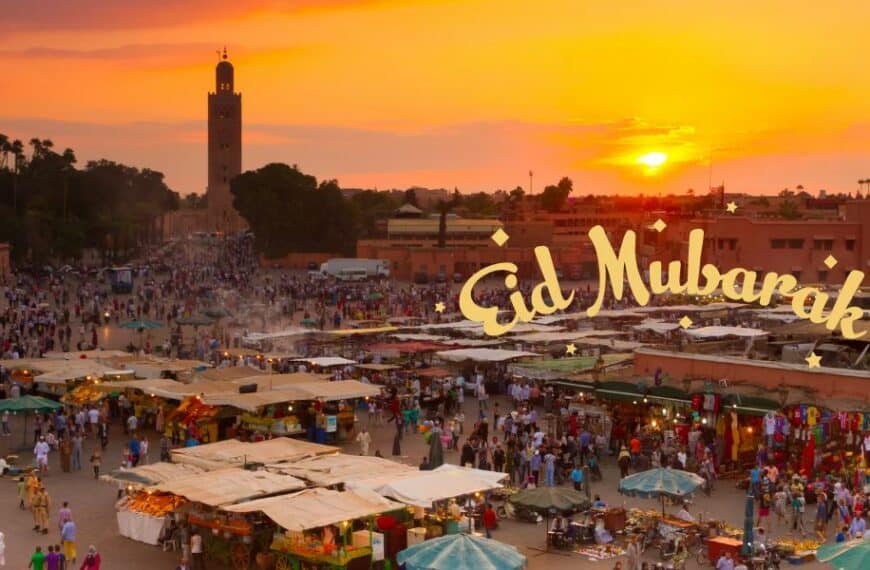In the bustling heart of Morocco’s vibrant souks lies a treasure trove of stories, not merely crafted in metal, but woven with the very essence of tradition. Here, the Moroccan jewelry speaks volumes of an ancient lineage, a whisper of love, and a dance of craftsmanship that transcends time. In this journey through the soul of Moroccan adornment, we discover an art form steeped in heritage, where every intricate design and delicate filigree tells a tale of culture, community, and the skilled hands that keep age-old practices alive. Uncover with me the enigma that is Moroccan jewelry, a unique symphony of beauty and history that adorns not just the body, but the spirit of those touched by its timeless allure.
The allure of Moroccan jewelry craftsmanship
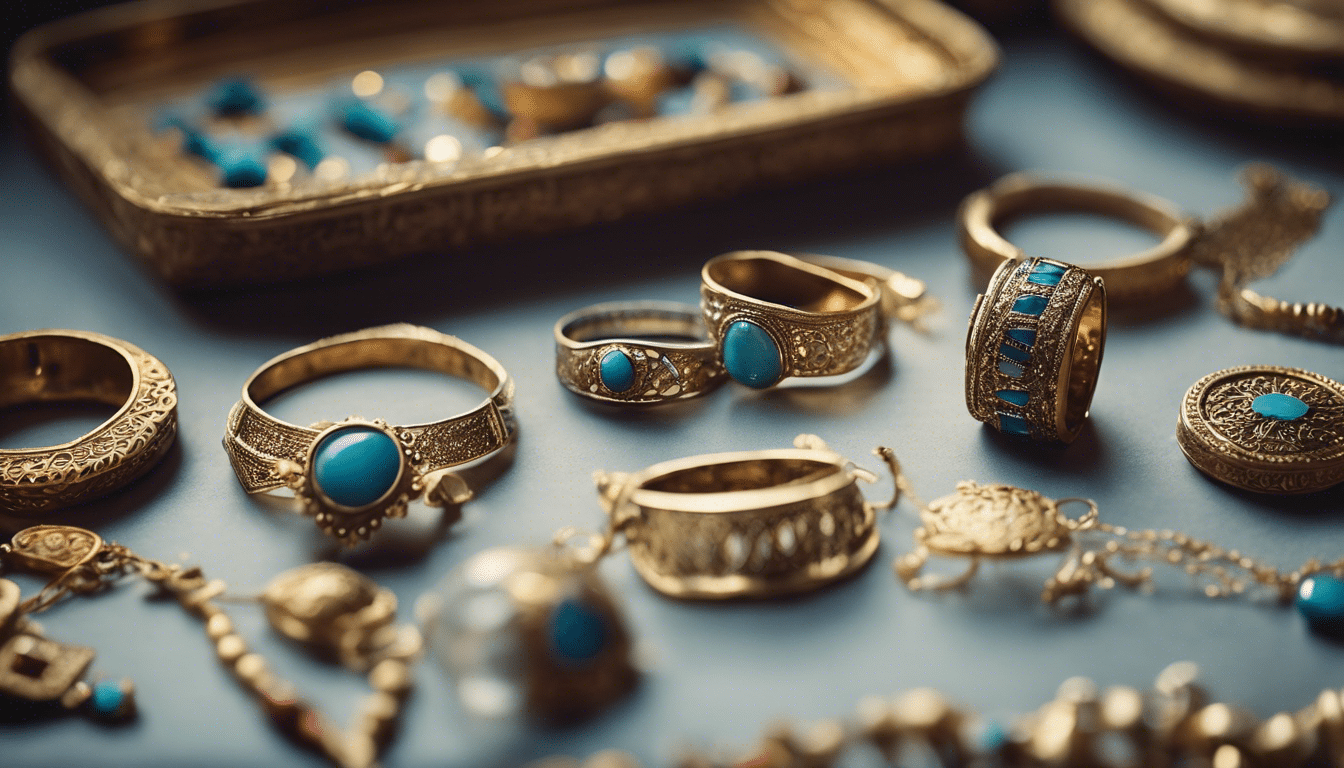
Moroccan jewelry traditions: the allure of Moroccan jewelry craftsmanship
Nestled in the vibrant alleys of Morocco’s ancient medinas, the air is tinged with the subtle scent of polished metal and intricate carvings. In this world of resplendent adornments, Moroccan jewelry traditions stand as a testament to the country’s rich cultural tapestry. For centuries, Moroccan artisans have poured their souls into crafting not just ornaments, but legacies of beauty, each piece carrying a story as captivating as the land itself.
Creative expression in Moroccan jewelry is as diverse as the Atlas Mountains are expansive. From the intricate silver work of the Berbers to the spellbinding gold pieces found in the cities, the craft is deeply rooted in the country’s history, reflecting an amalgamation of Arab, African, and Andalusian influences. The Berber communities, for instance, are known for their iconic silver fibulae and headdresses, which are as much a symbol of cultural identity as they are items of beauty.
The artistry of Moroccan silversmiths is palpable in every etched line and hammered detail. Utilizing traditional techniques passed down through generations, these skilled craftspeople transform silver into magnificent artifacts, embellished with coral, turquoise, and amber. The silver fibula, a decorative pin used to fasten clothing, carries designs and motifs that narrate tribal heritage and personal status. This blend of aesthetics and cultural significance enchants collectors and fashion enthusiasts around the globe.
Jewelry-making in Morocco also features the marriage of precious metals with enameling—a practice that infuses color into the metallic canvas. The cities of Fez and Marrakech, in particular, are renowned for their exuberant enamel work that adorns everything from bangles to earrings, instilling within them hues as vibrant as the Moroccan landscape.
But it’s not just traditional metals that sparkle in the bazaars; beadwork also has a revered place in Moroccan jewelry craftsmanship. Beads of various materials—glass, stone, or metal—are intricately woven into necklaces and bracelets, each bead a pixel in an elaborate mosaic of design.
The allure of Moroccan jewelry traditions extends beyond aesthetics; it’s an immersive experience. To wear a piece is to carry a fragment of a story, a whisper of the souk’s enchantment on one’s very being. The jewelry becomes a vibrant bridge between the wearer and a storied past, a connection to the mystique that is intrinsically Moroccan.
In recent years, the global spotlight has turned towards Moroccan artisans, recognizing the finesse and dedication required to maintain these age-old traditions in modern times. As noted by connoisseurs and fashion icons alike, the appeal of Moroccan jewelry lies in its timeless elegance and the skilled hands that create it.
Whether gracing the streets of cosmopolitan cities or the quiet corners of rural villages, Moroccan jewelry remains an emblem of identity. For those who yearn for a piece of this cultural majesty, they’ll find that each gem, each filigree, speaks not just of craftsmanship, but of the soul of Morocco itself.
Historical roots of Moroccan jewelry
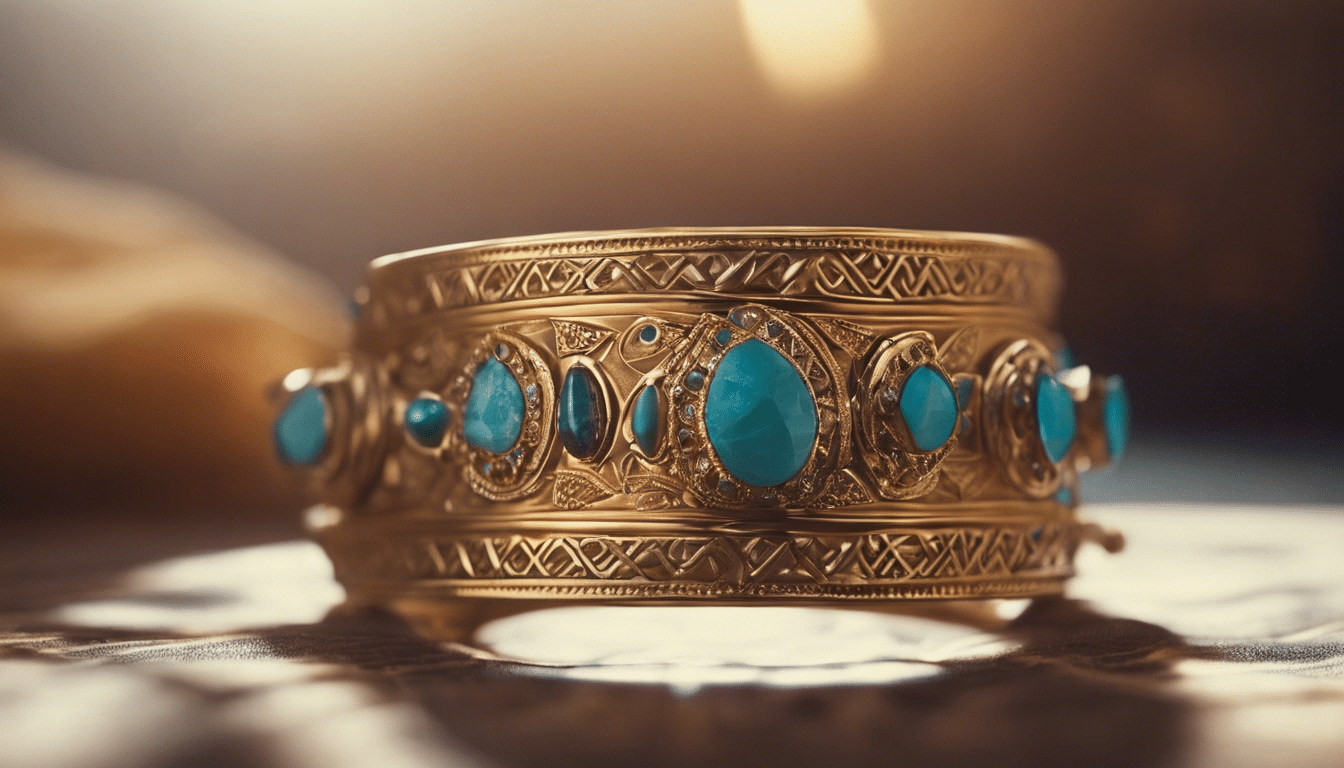
The allure of Morocco’s opulent jewelry traditions stretches back through the millennia, resonating with hints of ancient wisdom and the passage of countless generations. To uncover the historical roots of Moroccan jewelry is to embark on a journey through time, where every piece narrates a story of cultural exchange, social identity, and artisanal craftsmanship.
Moroccan jewelry is not merely an accessory; it represents a mosaic of the country’s diverse ethnicities and the historical influences that have shaped its cultural heritage. From the nomadic Berbers to the imperial cities, each region has contributed to the grand tapestry that makes Moroccan jewelry so iconic.
Delving into the historical roots of Moroccan jewelry, it’s essential to understand the role it has played throughout history. Jewelry was often a form of currency and a marker of social status, with more intricate and valuable pieces being worn by those of higher ranks. The materials used, from silver and gold to precious stones, signified wealth and also served practical purposes, such as amulets to ward off evil and bring good fortune.
The Berbers, known for their exquisite silverwork, valued silver not only for its beauty but also for its believed protective powers. The Tuareg, often referred to as the ‘blue men of the desert’ due to the indigo dye of their garments, are also famous for their unique silver jewelry, imbued with symbols and patterns that contain hidden meanings and talismanic properties.
Islamic influence on Moroccan jewelry traditions is profound, with Arabesque patterns and calligraphy often incorporated into designs. The complex geometric shapes and floral motifs found in Moroccan jewelry echo the reverence for mathematics and nature found in Islamic art. This can be seen in the lattice work of necklaces and the precise inlay of earrings and bracelets.
As trade routes expanded, Moroccan jewelry began to incorporate elements from sub-Saharan Africa, Andalusia, and the Sahara, infusing pieces with materials like ebony, coral, and colored beads. These exchanges led to an eclectic mix that characterizes Moroccan jewelry to this day, making it profoundly unique and diverse.
The intricate art of metalworking, which includes filigree and engraving, stands testament to the skills of Moroccan jewelers. Each region developed its signature style often inherited through family lineage, with a range of techniques evident in the wide array of jewelry seen across Morocco.
The marriage between form and function is perhaps nowhere more apparent than in the fibulas or brooches. These practical items, used by women to fasten their clothing, are often heavily adorned with symbols meant to safeguard against misfortune, and their development shows a clear continuous line from prehistoric artifacts to contemporary adornments.
Through the centuries, Moroccan jewelry has remained an integral part of cultural attire, with certain pieces holding particular significance in marriage ceremonies and other rites of passage. It continues to be a source of inspiration for artists and designers who seek to blend traditional techniques with modern sensibilities.
In present times, the legacy of Moroccan jewelry traditions endures, both preserving the ancient crafts and reinventing them for the global stage. Collectors and fashion aficionados alike revere Moroccan jewelry for its timeless beauty and the richness of its heritage, a testament to the incredible story that each piece carries within its metal and stones.
As we cherish the vibrant history of Moroccan jewelry traditions, it becomes clear that these pieces are not just ornaments, but a profound connection to the past, carrying the stories, beliefs, and the artistry of a people known for their deep love of beauty, craftsmanship, and expressive self-adornment.
Cultural influences and symbolism
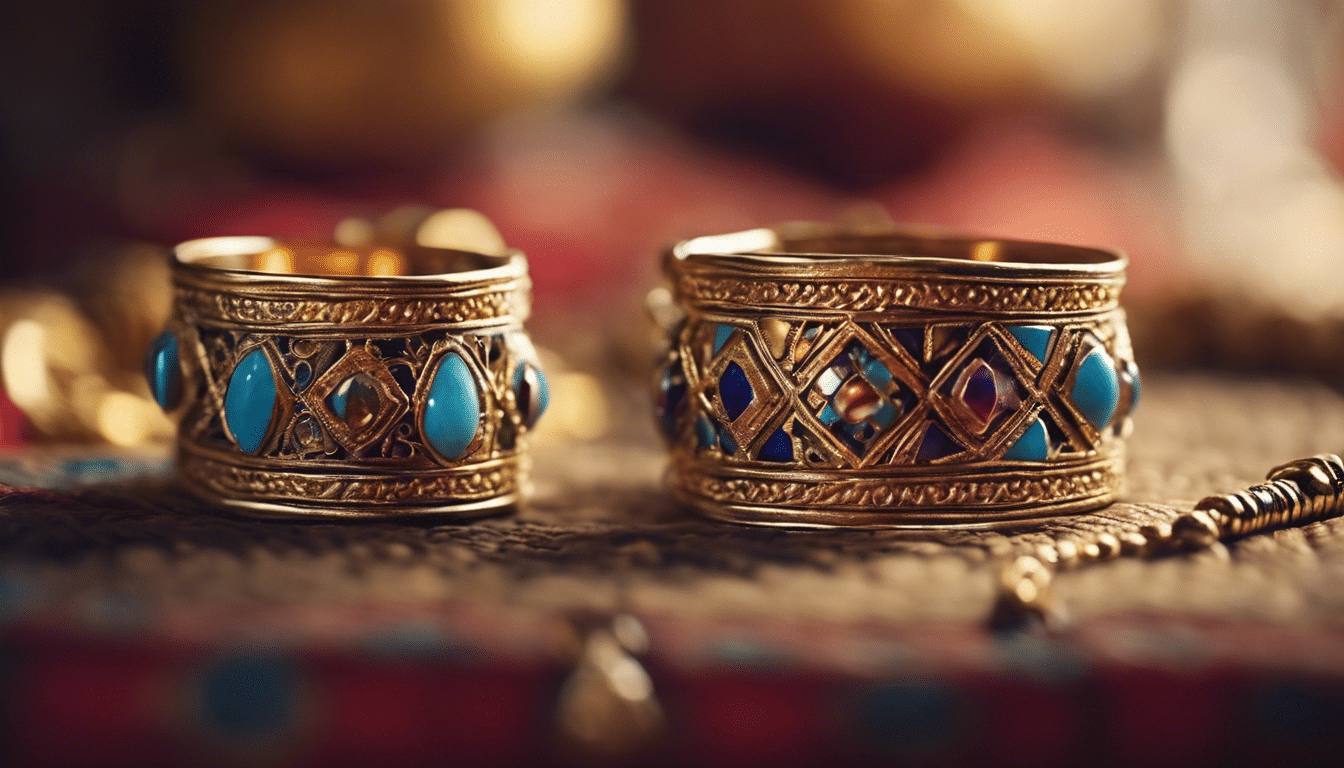
Jewelry in Morocco is not just an adornment. It’s a tapestry woven with stories, a treasure trove of history that sparkles with the essence of a rich cultural heritage. Moroccan jewelry is a testament to the country’s artistic vibrancy, embodying influences from Berber, Arab, and African traditions that have mingled over centuries.
As we delve into the heart of Moroccan accessories, we find that each piece is laden with meanings and symbolism, elements that speak volumes about the life and beliefs of the people who cherish them. In Morocco, jewelry is not simply a fashion statement; it’s an heirloom that carries the pulse of traditions, the whispers of ancestors, and the pride of craftsmanship passed down through generations.
Cultural Influences on Moroccan Jewelry Design
The design and aesthetics of Moroccan jewelry are largely influenced by the country’s diverse cultural landscape. Reflecting a melting pot of indigenous Berber, Arab influence, and sub-Saharan elements, each piece of jewelry is a canvas depicting social status, marital status, and even a person’s tribe.
For example, silver is a prominent material in Berber creations, often embossed or etched with geometric patterns that convey messages of free spirit and protection. Similarly, Arab influences can be found in the intricate filigree work, a delicate metalwork technique that crafts fine silver or gold threads into elaborate designs symbolizing wealth and refinement.
The African influence in Moroccan jewelry is palpable in the use of bright beads, leather, and metal to create pieces that narrate stories of trade and cultural exchange. It’s fascinating to witness how these diverse influences interplay to create the distinctive Moroccan jewelry that bedazzles admirers worldwide.
Symbolism in Moroccan Jewelry
Beyond beauty and elegance, Moroccan jewelry is steeped in symbolism. From the Hamsa, or the Hand of Fatima, to protective amulets and talismans, Moroccan accessories are often worn not just as decorative pieces but for their supposed powers to avert the evil eye and bring good fortune.
The Hamsa, for instance, is a revered symbol found in earrings, necklaces, and bracelets, believed to offer protection against harm. Wedding jewelry, too, is imbued with deep symbolism. Some pieces are designed to symbolize fertility and joy, while others are intended to fortify the bonds of love and honor the commitment between the bride and groom.
Berber women, in particular, are known to wear ornate headdresses and belts signifying their marital status, and these items often include symbolic stones such as coral for health and amber for energy.
The Art of Crafting Moroccan Jewelry
Moroccan jewelry-making is a storied craft, with methods and techniques handed down through master artisans. Employing age-old skills, artisans intricately handcraft each piece, ensuring that no two pieces are exactly the same. The level of craftsmanship involved in creating these unique pieces contributes to their desirability among connoisseurs and collectors alike.
Some of the essential techniques include:
– Engraving and Etching: used to add detail and texture to metal surfaces.
– Filigree: involves twisting metal wires to create delicate patterns.
– Chiseling: for achieving precision in metalwork designs.
– Inlaying: where different materials like stones or enamel are set into the metal.
An Everlasting Legacy
Moroccan jewelry is more than mere ornamentation; it is a bearer of cultural identity and a legacy that continues to inspire and enthrall. Through understanding the cultural influences and symbolism behind Moroccan jewelry, one gains an appreciation not just for its beauty but for its role as a cultural touchstone, preserving the essence of an entire nation’s history and artistry.

